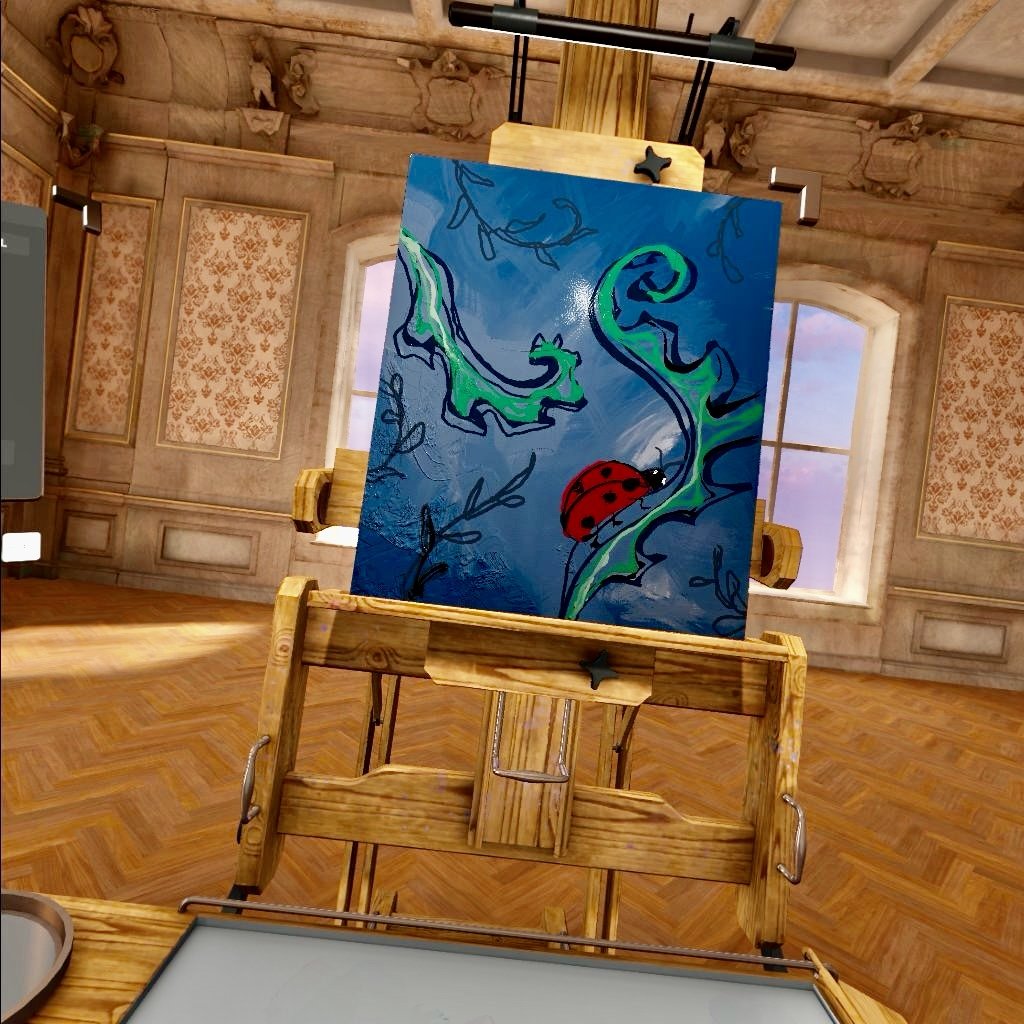“When I’m walking around an art gallery, rooms full of paintings, after 15 or 20 minutes, I really am not thinking about the painting, I’m not connecting to them. Instead, I’m thinking about a cup of coffee that I desperately need to wake me up. I believe somebody put the painting on the wall because they think it is good enough to be there. But I don’t see it. I feel unhappy and guilt about my stupidity.” Said Tracy Chevalierin her TED speech about “Finding the story inside the painting” How many of you also suffer from gallery fatigue?
Application Review: 2wice Merce Cunningham Event
Merce Cunningham was always the innovator. The application for mobile devices, 2wice Merce Cunningham Event emerged from a series of performances between 2001 and 2007 for the visual and performing arts journal twice. The resulting application was meant to represent the imagery and experience of dance in a new medium.
Viewpoints: A New Photo App Centered on the Style of Artist David Datuna
In 2008, Damien Hirst took a decision that raised many eyebrows and caused others to furrow. He bypassed his gallery (Gagosian), and took his works directly to auction at Sotheby’s. While Hirst’s move was as audacious as a shark in formaldehyde, his motivations were probably (mostly) monetary and sensationalistic. Yet the desire to bypass the selectivity of galleries and create awareness or a market for their art is not unique to artists such as Hirst. But while he resorted to a giant of an auction house, artists today can use something as small as an app.
Touring the Louvre with a Nintendo 3DS

The eagerly awaited Nintendo 3DS audio guides arrived at the Louvre in early April. For security reasons, they are not quite the action packed adventure that some may have been hoping for. Nevertheless, the audio guides are a great way to tour the museum and have some neat capabilities.
A recent review by Mike Schramm of Joystiq provides insight on just how Nintendo 3DS has been utilized at the Louvre. As he notes, the audio guide lets visitors explore the museum in three ways; an interactive map, a Masterpieces Tour, or an option called Visit a Must-See Work.
The interactive map highlights points of interest within the museum, which indicate the presence of audio commentary for a particular work. According to Schramm, “Each point of interest on the 3DS' map has at least one bit of audio commentary on it, and sometimes more than that, with various museum officials or professors talking about the work in more depth.”
The second option is the Masterpieces Tour, which will lead you to artworks that have known to draw gasps, tears, and unquestionably, l'humanité en masse. The Masterpieces Tour always keeps apace with you thanks to the 3DS has geolocation capabilities. Those with a tendency to wander will be happy to hear that the audio commentary only begins once you are within the vicinity of the masterpiece. The tour is also flexible in that you can visit other works during your tour; the 3DS will simply (and silently) wait for you to get back on track.
The final option is the Visit a Must-See Work, which will light up a “flashing route line” to a famous artwork nearby. If you happen to be lost, the option acts as a silent distress call, saving you from museological trouble one masterpiece at a time.
The Louvre’s audio guide also makes use of Nintendo’s display and 3D capabilities.“In addition to the audio commentaries, there are 3D photos of the galleries, high-definition images of the artworks, and 3D reconstructions to help you identify the exhibits and give you extra information.” Schramm mentioned how high resolution images of artworks are available on the 3DS, making it easier to explore details on the touch screen. The display is also used to showcase different artworks being compared to the artwork at hand during an audio commentary.
The only drawbacks noted by Schramm were the short battery life and the 3DS’s inability to keep up with location changes of certain pieces. Even so, the Nintendo 3DS is a Super Mario sized step forward in interactivity and audience engagement at the Louvre. In fact, the Nintendo 3DS echoes back to The O at the Museum of Old and New Art (MONA), with its geolocation and touch screen capabilities.
Devices such as The O and the 3DS do more than just guide users, they help them discover. And this sense of discovery is a lot more compelling when users are leading themselves through one of the world’s most visited museums. Nintendo in the Louvre? C’estformidable!





